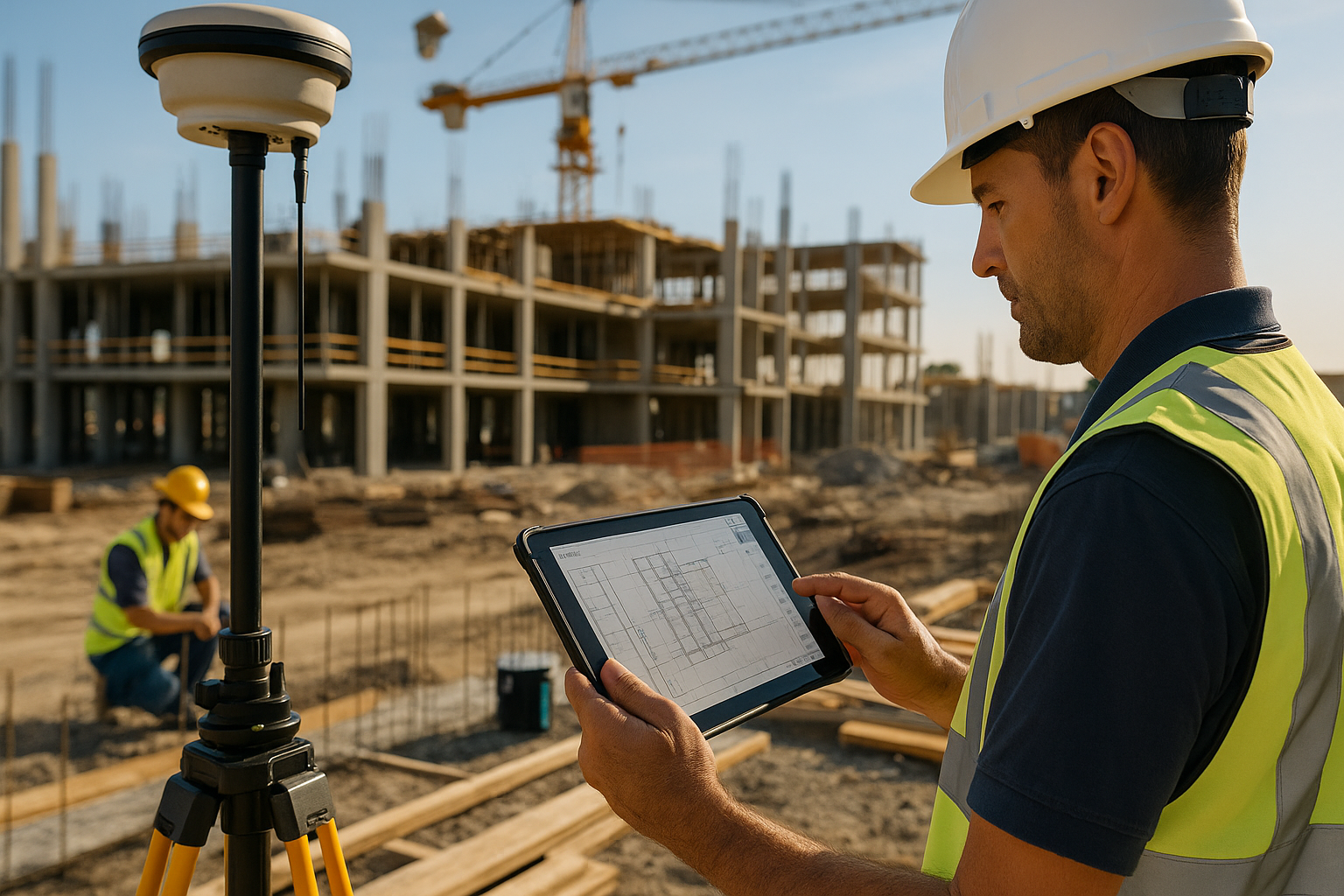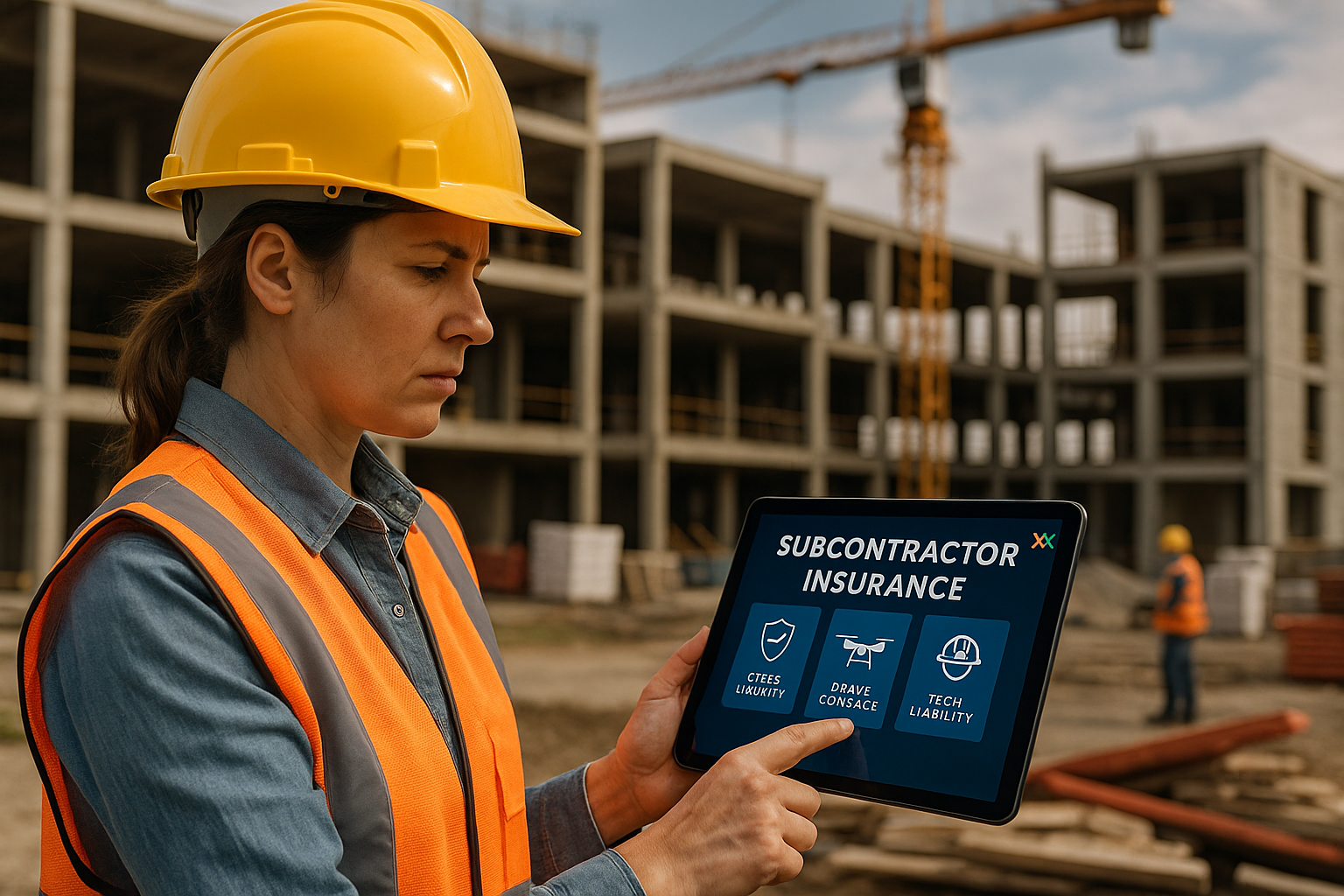The Rising Cost of Construction

Construction costs have been steadily increasing over the past few years, creating significant challenges for contractors, developers, and property owners. Whether you are involved in residential, commercial, or infrastructure projects, understanding the factors driving up construction costs is essential for effective project planning and execution.
In this blog, we will explore the key causes of rising construction costs, the impacts on the industry, and potential solutions for managing these challenges.
Causes of Rising Construction Costs
Materials Price Increases: The cost of construction materials has surged in recent years, primarily driven by global supply chain disruptions, increased demand, and inflation. Essential materials such as lumber, steel, concrete, and copper have experienced significant price fluctuations, with some materials seeing price hikes of 50% or more.
Labour Shortages: The industry has been facing a labour shortage for several years, a trend that has only worsened with the pandemic. This shortage has driven up wages and made it challenging to find skilled workers, leading to project delays and increased labour costs.
Regulatory and Compliance Costs: The growing complexity of building codes, safety regulations, and environmental requirements has increased the cost of compliance for construction projects. While these regulations are critical for ensuring safety and sustainability, they often lead to higher administrative and operational expenses.
Rising Energy Costs: Energy is a significant expense in construction, from the transportation of materials to the operation of heavy machinery and equipment on job sites. Rising fuel prices and energy costs have contributed to the overall increase in construction expenses.
Impacts of Rising Construction Costs
Reduced Profit Margins: With increasing material, labour, and regulatory costs, profit margins for construction companies are being squeezed. Contractors may need to absorb some of these costs to remain competitive, leading to financial strain, especially on long-term or fixed-price contracts.
Increased Housing Prices: The rising cost of building materials and labour has contributed to higher home prices. This has further fueled the affordability crisis in many housing markets, making it more difficult for individuals and families to purchase homes.
Project Delays and Cancellations: Rising costs can make it difficult for developers and contractors to stay within budget, leading to delays in project timelines. In some cases, projects may be scaled back or cancelled entirely due to financial constraints. This has particularly impacted smaller contractors and developers with limited resources.
Challenges in Infrastructure Development: Public infrastructure projects, such as roads, bridges, and utilities, are also impacted by rising construction costs. These projects often operate on fixed government budgets, making it challenging to complete them on time and within scope when costs unexpectedly rise.
Solutions for Managing Rising Construction Costs
While the rising cost of construction is a complex issue, there are strategies that contractors, developers, and property owners can adopt to mitigate the impact.
Advance Procurement of Materials: Securing materials in advance can help lock in prices and avoid the impact of future price hikes. Contractors may also consider purchasing materials in bulk or partnering with suppliers for long-term contracts to secure more favourable pricing.
Invest in Technology: Technological advancements and automation can improve efficiency and reduce waste on construction sites. These tools can help contractors better manage resources, optimize workflows, and minimize costly errors.
Diversify Labour Recruitment Efforts: Construction companies should invest in workforce development programs, including apprenticeships and partnerships with trade schools to address labour shortages. Additionally, adopting a more inclusive hiring approach that attracts underrepresented groups can help expand the labour pool.
Adopt Modular and Prefabrication Techniques: Modular construction and prefabrication involve building components off-site in controlled environments, which can reduce material waste and labour costs. These methods also speed up project timelines, helping to mitigate the impact of rising costs.
Energy Efficiency and Sustainability: Incorporating energy-efficient practices and materials into construction projects can reduce long-term operational costs. Additionally, seeking certifications for sustainable building practices, such as LEED (Leadership in Energy and Environmental Design), can add value to the project and attract environmentally conscious clients.
Collaborate with Clients on Budget Flexibility: Open communication with clients about potential cost increases is essential. By working together, contractors and clients can adjust project scopes, timelines, or budgets to accommodate rising expenses without sacrificing quality.
The rising cost of construction presents a significant challenge for the industry, impacting everything from project timelines to profitability. However, construction professionals can better navigate this landscape by understanding the key drivers behind these cost increases and adopting proactive strategies. Embracing innovation, improving efficiency, and fostering collaboration are critical steps to mitigating the financial pressures and delivering successful projects despite rising costs.
*Brought to you by Plexxis Software: Offering software solutions for the construction industry that integrates cloud, mobile and on-premise software to improve and enhance team performance.
Share:
New From Plexxis

From GPS to GNSS: What’s Next in Jobsite Positioning?

Green Bids: Winning More Work Through Sustainability Metrics

Beyond the Hard Hat: The Reality of Psychological Safety on the Job

